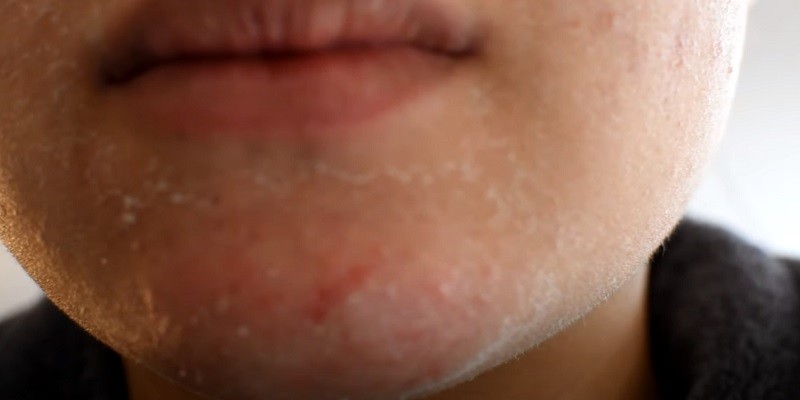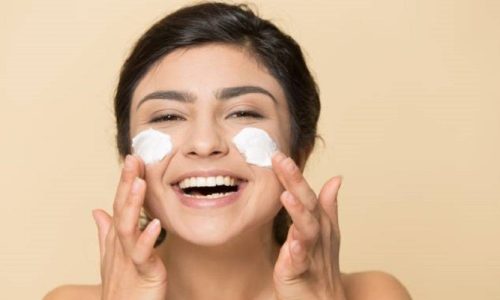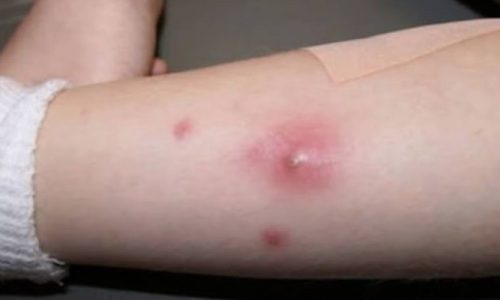Tretinoin, a derivative of vitamin A, is widely used in dermatology for its potent effects on acne, photoaging, and other skin conditions. However, one of the most common and often distressing side effects of tretinoin is skin peeling. This article delves into why tretinoin causes skin peeling, how long this side effect lasts, and effective strategies to manage and minimize it.
Tretinoin and Its Mechanism
Tretinoin, also known as all-trans retinoic acid, is a powerful retinoid used topically to treat acne, reduce fine lines, and improve skin texture and tone. It works by accelerating the skin cell turnover process, which means it helps shed old skin cells and replace them with new ones more quickly. This increased cell turnover is beneficial for unclogging pores, reducing acne, and promoting smoother, more youthful skin.
Why Does Tretinoin Cause Skin Peeling?
The primary reason tretinoin causes skin peeling is its role in speeding up the skin’s natural exfoliation process. Normally, skin cells renew approximately every 28 to 42 days, but tretinoin accelerates this process significantly. As a result, the old skin cells are shed more rapidly, leading to visible peeling, dryness, and flakiness.
The Adjustment Period: What to Expect
When you first start using tretinoin, your skin undergoes an adjustment period often referred to as “retinization.” During this phase, which typically lasts from two to six weeks, you may experience several side effects, including:
- Redness and Irritation: Your skin may become red and irritated as it adjusts to the increased cell turnover.
- Dryness and Flakiness: The rapid shedding of old skin cells can lead to dry, flaky skin.
- Peeling: Visible peeling is a common side effect as the old skin cells are sloughed off.
How Long Does Tretinoin Peeling Last?
The duration of tretinoin-induced peeling varies from person to person. For most users, peeling and other side effects subside within four to six weeks as the skin acclimates to the treatment. However, some individuals may experience peeling for a longer period, especially if they have sensitive skin or are using a higher concentration of tretinoin.
Managing and Minimizing Tretinoin Peeling
While peeling is a common side effect of tretinoin, there are several strategies you can employ to manage and minimize it:
1. Start Slowly
Begin with a lower concentration of tretinoin and gradually increase it as your skin becomes more tolerant. This approach helps reduce the severity of peeling and other side effects.
2. Use a Moisturizer
Applying a moisturizer before and after tretinoin can help create a barrier between your skin and the retinoid, reducing irritation and peeling. Look for moisturizers that contain ceramides and hyaluronic acid, which help to hydrate and repair the skin barrier.
3. Avoid Harsh Products
During the adjustment period, avoid using harsh soaps, scrubs, or other exfoliating products that can exacerbate irritation and peeling. Stick to gentle, non-foaming cleansers and avoid products with alcohol, astringents, or other irritating ingredients.
4. Protect Your Skin from the Sun
Tretinoin increases your skin’s sensitivity to sunlight, making it more prone to sunburn and further irritation. Always use a broad-spectrum sunscreen with an SPF of 30 or higher, and wear protective clothing when outdoors.
5. Adjust the Frequency of Use
If peeling and irritation are severe, consider reducing the frequency of tretinoin application. Instead of using it every night, try applying it every other night or even less frequently until your skin adjusts.
6. Hydrate Internally
Staying hydrated by drinking plenty of water can help maintain your skin’s moisture levels and reduce dryness and peeling.
When to Seek Medical Advice
While peeling and irritation are common during the initial weeks of tretinoin use, severe or persistent side effects should be discussed with a healthcare provider. Signs that you should seek medical advice include:
- Severe redness, swelling, or blistering
- Persistent or worsening irritation
- Signs of an allergic reaction, such as hives or difficulty breathing.
Alternatives to Tretinoin
If tretinoin’s side effects are too severe or persistent, there are alternative retinoids that may be better tolerated:
- Adapalene: A third-generation retinoid that is often less irritating than tretinoin and can be a good alternative for those with sensitive skin.
- Retinol: A milder, over-the-counter retinoid that can provide similar benefits with fewer side effects.
Conclusion
Tretinoin is a highly effective treatment for acne, photoaging, and other skin conditions, but it often comes with the side effects of skin peeling. Understanding why this happens and how to manage it can help you navigate the initial adjustment period and achieve the desired results. By starting slowly, using a good moisturizer, avoiding harsh products, protecting your skin from the sun, and adjusting the frequency of use, you can minimize peeling and enjoy the benefits of tretinoin. If side effects persist or become severe, consult with a healthcare provider to explore alternative treatments.
FAQs
How long does skin peel with tretinoin?
Skin peeling with tretinoin typically lasts between 2 to 6 weeks, though this can vary depending on individual skin sensitivity and the concentration of tretinoin used. Some users may experience peeling for up to two months as their skin adjusts to the treatment. If peeling persists beyond this period, it is advisable to consult a dermatologist.
How long does the tretinoin purge last?
The tretinoin purge, characterized by an initial flare-up of acne and other skin imperfections, usually lasts between 4 to 6 weeks. However, it can extend up to 12 weeks in some cases. This period is essential for the medication to push out impurities and accelerate skin cell turnover, leading to clearer skin over time.
Should you keep using retinol if your skin is peeling?
Yes, you should continue using retinol even if your skin is peeling, as this is a common side effect during the initial stages of treatment. However, it is recommended to reduce the frequency of application or use a lower concentration to help your skin adjust. Consistency is key to building tolerance and achieving long-term benefits.
How to know if tretinoin is working?
You can tell tretinoin is working if you notice initial signs of skin irritation, such as redness, peeling, and increased acne, which indicate that the medication is accelerating skin cell turnover. Over time, improvements in skin texture, reduced acne, and diminished fine lines and wrinkles will become evident, typically within 12 weeks of consistent use.
How can I minimize tretinoin peeling?
To minimize tretinoin peeling, start with a lower concentration and gradually increase it. Use a gentle cleanser and apply a moisturizer before and after tretinoin (the “sandwich method”). Avoid harsh exfoliants and sun exposure, and consider reducing the frequency of application. Staying hydrated and using sunscreen with at least SPF 30 can also help.







